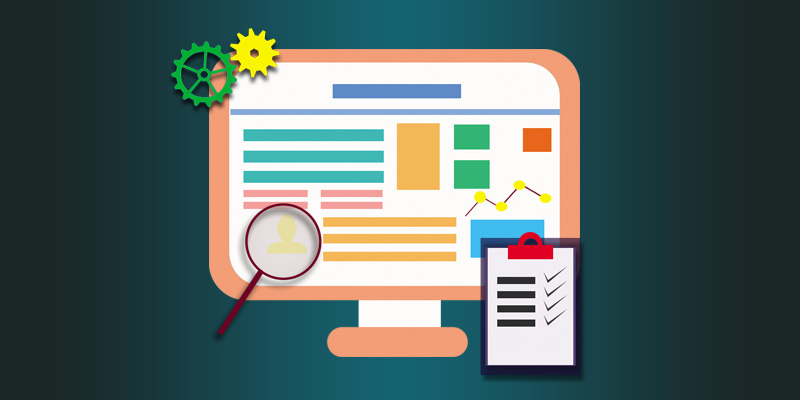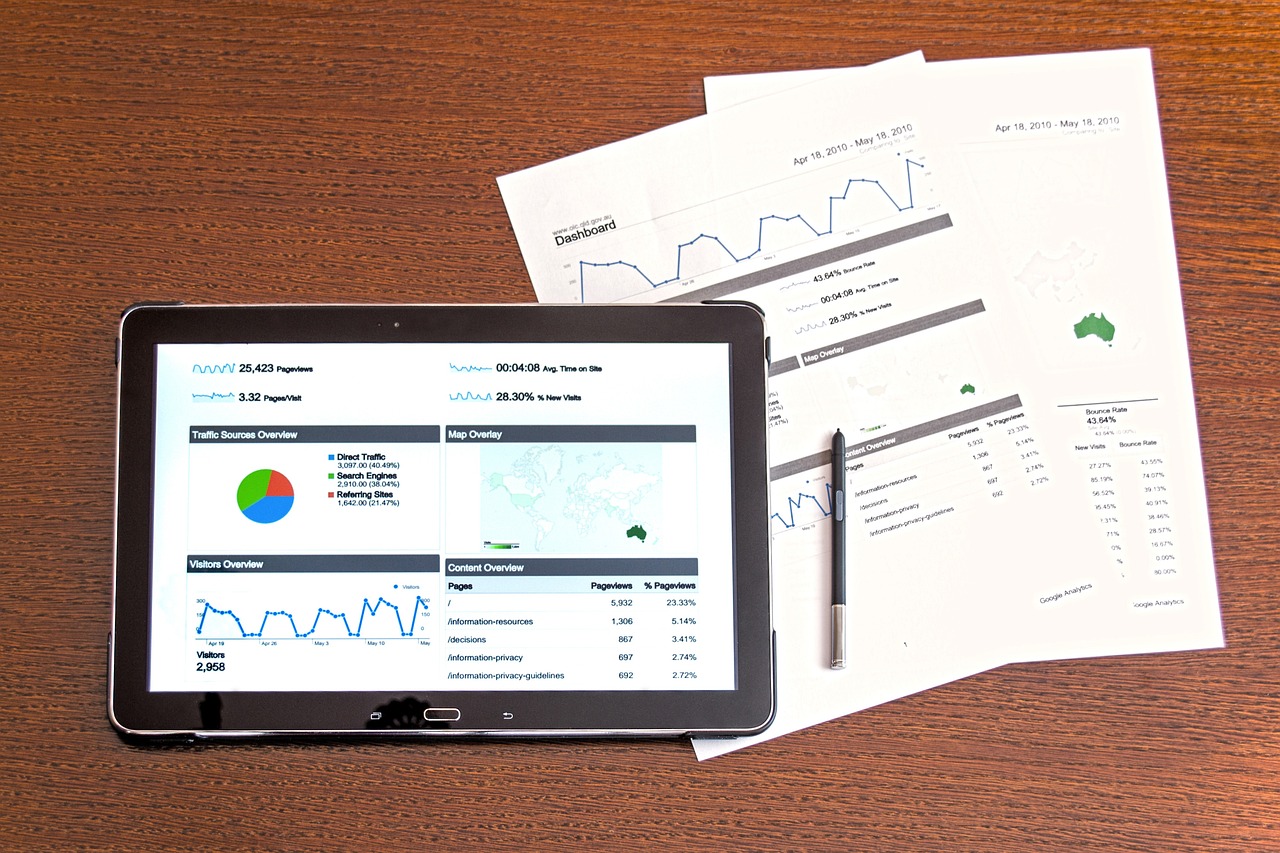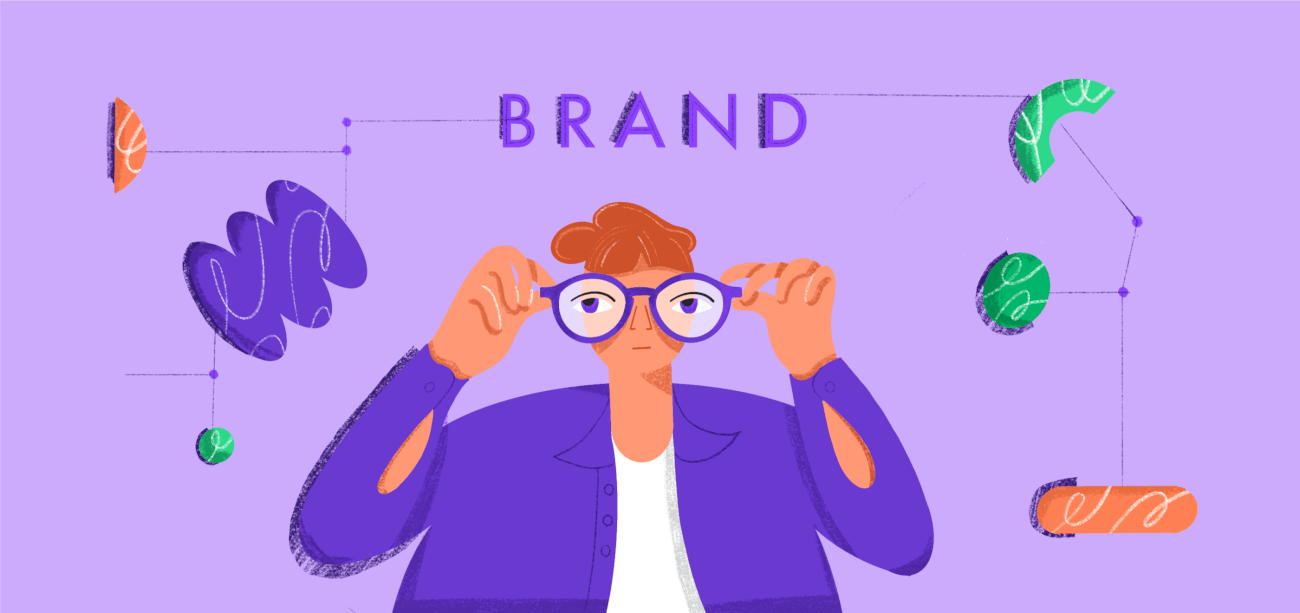Do you want to boost your company’s sales? Whether consumers choose to buy something or not is very often a matter of small psychological triggers. Your product might be great, but if your site isn’t set up for success, you will struggle.
Before you overhaul your site or pay thousands of dollars for a consultant, there is an easier solution: subtle psychological changes to influence your visitors. Buyers have become accustomed to shopping in a particular way, and given the high volume of incoming sales pitches they receive, filtering the noise is challenging. That gives a distinct advantage to businesses that truly understand how consumers interact with webpages.
Consequently, you should look for subtle changes you can make to boost your numbers. Doing so won’t take much time, and the impacts are easy to measure. You can run A/B tests on two different versions to see which performs better, giving you results within days so you can move forward. Here are 10 psychological tricks you can implement and test to boost your website sales and bottom line.
1. Make onboarding and shipping look free.
Consumers get anchored to the initial price they see. This means if you want to charge the user for shipping or onboarding, you should include that cost in the initial price. When buyers find out about additional costs later on, it creates anxiety that causes many to shirk away from completing the purchase.
When you explain that shipping or onboarding is free, on the other hand, they will trust your brand and feel you’re doing them a favor — particularly compared to your competitors’ high-priced shipping.
2. Price your goods with a 99-cent tag at the end.
This is known as the left-digit effect. When a user sees a price of $19.99 instead of $20.00, it makes a psychological difference. She becomes anchored to that 19 number instead of the 20. Plus, she places it in the 10-20 range as opposed to 20-30.
Despite it being a literal penny of difference, users will perceive your product as more affordable.
3. Offer product upgrades.
Toward the end of the checkout process, offer product upgrades. Your consumer might be intent on already purchasing something for $100, let’s say. Throughout the decision-making process and checkout process, he’ll be convincing himself it’s a good purchase.
If you offer a $10 addition to insure the product at the end, for example, he’ll be more likely to buy it. He will think, “What’s a difference of $10?” because he’s already psychologically adjusted to that initial price.
4. Create a sense of urgency.
Buyers are much more likely to pull the trigger when they think there’s finite time to do so.
When they believe they could buy the same product tomorrow or a week from now for the same (or a lower) price, they’re less likely to make the purchase today. When you create a sense of urgency, it leads to faster sales. This could mean showing a limited number of items in remaining stock. You could also explain that the current prices won’t stay the same for long.
These signals will push the buyer into a quicker decision. It will also make her think she’s getting a steal for either a discounted good or one that many others have already purchased.
5. Address concerns.
Someone thinking about buying a product on your website might have concerns about his purchase. Is it worth the money? Can I find a better value somewhere else? Is it going to operate as indicated?
On your product page, you can address these concerns. A “Frequently Asked Questions” section is effective; you could also work the answers into product descriptions. You can explain why it’s worth the money and why it’s the best-value product, highlighting special features or materials. Doing so will preclude consumers from doing additional research or falling back on excuses to avoid a purchase.
6. Demonstrate credibility.
This is one of the most valuable tricks in the book.
Adding some sort of customer testimonial or statistic indicating frequent use of your product will boost sales. This is especially effective when you include that piece of information near the “Buy Now” button. Knowing he’s not alone and that your brand is respected will give the customer more faith in his purchase.
7. Make customers feel highly valued.
Customers enjoy individual attention. You should, consequently, cater to that. It could come in the form of a specialized discount, by offering assistance with their needs or by making the entire checkout process as flexible as possible.
When they feel confident that you (or your site) took care of them throughout the purchase, they’ll be more likely to hit “Confirm.”
8. Follow up after the purchase!
As much as we think about the next customer in line, retaining old buyers is often much more valuable. A user who buys products from you multiple times will contribute much more to your bottom line than a one-time buyer will.
This puts an emphasis on creating loyal customers. When they feel appreciated by your brand, they’ll be much more likely to follow up with an additional purchase and even to share their experience with friends.
You could send a customer a personalized email asking about her experience or, better yet, get creative. If you have her address, you could send her a custom item or offer her a discount on future products.
9. Tell your story.
People like getting behind a meaningful story.
Your website can effectively share your story. Through text, video or other mediums, you can demonstrate who you are. There’s a reason you started your business and likely a problem you were (and are) trying to solve.
Making that clear to your buyers will help them see the people and the passion behind the images and numbers. Plus, a customer who believes in your story might buy your product just to support your mission.
10. Use the middle effect.
When you include three similar products, as opposed to two, consumers are likely to spend more.
When there’s only a cheaper option alongside a more expensive option, the cheaper one will be selected, on average. Adding a third option, however, makes users more likely to buy the middle one (which would have been the pricier option in the two-choice scenario).
This works because the most expensive serves as an anchor, making the middle offering feel like a good value.
These methods are proven to work, but each case and scenario is different. That puts an emphasis on nonstop testing. You should continue to make subtle changes to see which versions work most effectively in order to reach your maximum potential. Following these steps and collecting data on your results will lead to a fast-moving cycle and higher sales.
_____
by John Rampton
Source: entrepreneur.com


